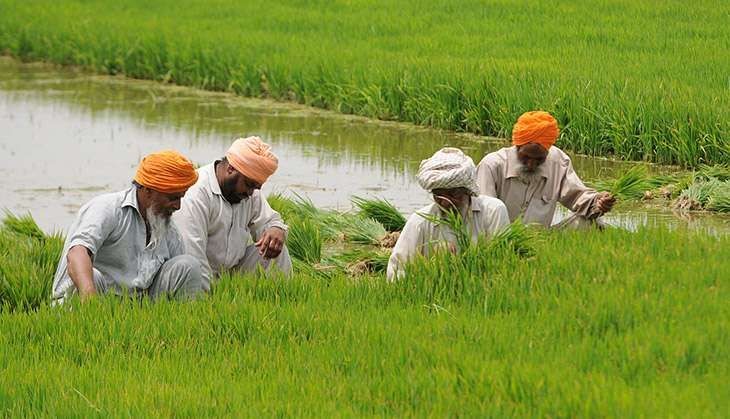
Employment choices for India’s religious communities vary. While Hindus are engaged in agriculture, Muslims tend to veer towards industrial jobs.
According to the 2011 Census data released by the Registrar General and Census Commissioner of India, 45.40 per cent main workers engaged in agricultural activities in the country are Hindus.
Muslims, on the other hand, are more likely to take up jobs in the non-agricultural sector, with 60 per cent of those employed engaged in industrial jobs.
The Census describes main workers as those who are employed for most parts of the year. For all calculations in the story, figures relating to main workers will be used. Employed individuals include main and marginal workers.
Further bifurcation shows that most working Hindus in India, approximately 28 per cent, are cultivators. The Census defines cultivators as those engaged in cultivation of self-owned land or held from government or private entities for payment in money, kind or share.
The manufacturing sector tops the charts when it comes to Muslims. However, the community is ranked the lowest in terms of literacy, which means it may not be privy to privileged jobs.
Census data reveals that Muslims have the highest percentage of illiterates aged beyond seven years at 42.72 per cent as compared to 36.40 per cent among Hindus.
But lack of education is not the reason behind the difference in career choice.
“Muslim population is dense in north India. Most of them are artisans. They do jobs such as weaving, pottery, that of blacksmiths, carpenters, handloom — things that are involved in manufacturing at a smaller level. It is important to understand that most Muslims are not agriculturists,” said PS Krishnan, former Secretary to government of India and former Member-Secretary, National Commission for Backward Classes.
Experts opine that disproportionate land holdings lead to Muslims opting for manufacturing jobs.
The Rajinder Sachar Committee’s report on the contemporary status of Muslims in India — commissioned in 2005 by the then Prime Minister Manmohan Singh — states that Muslims, when compared to other religious bifurcations, own the least proportion of land in the country.
The report reads, “It can be seen that almost 94% of rural households own land, including homestead land, while 87% own more than one acre. It can also be seen that a relatively higher proportion of Hindu-General and Hindu-OBC household own land. The proportion of Muslim households owning land is much lower (at 83%) than other socio-religious category. The data also shows that the average size of land holdings owned by Muslims is lower than all other SRCs.”
The land-holding numbers are further skewed in urban areas. Analysis based on National Sample Survey data shows that household ownership of land across the country, when compared to all religions in India, is lowest among Muslims.
The Muslim community has also registered a moderate 0.8 per cent growth to touch 17.22 crore in the 10-year period between 2001 and 2011, up from 13.8 crore, while the Hindu population showed a decline by 0.7 percent at 96.63 crore during the period, according to the Census data on religion.
As per the 2001 census, India’s total population was 102 crore, of which Hindus comprised 82.75 crore (80.45 per cent) and Muslims were 13.8 crore (13.4 per cent).
The distribution is total population by six major religious communities namely Hindu, Muslim, Christian, Sikh, Buddhist and Jain, besides ‘Other Religions and Persuasions’ and ‘Religion not stated’.
The caste data, however, is yet to be made public.


.jpeg)

